|
Moss is proud to offer equipment and curriculum from Amatrol’s Advanced Manufacturing program. Amatrol’s industry leading equipment and curriculum is developed in partnership with industry to deliver job ready, industry relevant skills. Working closely with companies like Caterpillar, Tropicana and many others Amatrol has designed equipment for work place success.
Key Features
Want to ensure you are covering your bases and addressing the skills training most needed in your region? Check out the skills chart, which aligns coursework to job-ready skills:
1 Comment
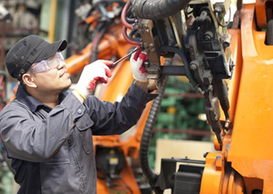 ITC: Building the Workforce of Tomorrow Today's economy requires workforce members to possess a range of technical skills that can be used in team-based environments, so current students must develop both specialized hands-on skills and essential workplace skills like problem solving, teamwork and effective communication. Amatrol's Integrated Technology Concepts (ITC) program offers technical skills training across a wide range of real-world areas through project-based learning while interweaving essential workplace skills through team-based projects. This combination of skills and knowledge will put students on a path toward exciting career opportunities in areas like supply chain, automated distribution, engineering, medical, and more. Strong STEM Integration Facilitates College Credit, Industrial Certification Prep In addition to essential workplace skills, ITC emphasizes STEM skills. Combining STEM skills with hands-on applications helps to meld theory and practice in student's mind, which will assist them in knowledge retention and building skills for more advanced concepts. This STEM integration allows for many schools to establish transferable college credit hours for ITC courses. Amatrol's ITC proram is also a strong foundation in preparation for several industrial certification. Amatrol partners with organizations including NIMS, MSSC, ITEEA, and more for certifications like MSSC's Certifiied Production Technician and NIMS' Industrial Technology Maintenance certifications. Foundational Systems for Successful Careers The first step of ITC is Amatrol's Enterprise Systems courses, which provides the framework for integrating multiple technical skills successfully using teamwork. Students begin by exploring different technology sectors before studying team concepts, product design, business presentations, internet research, and much more. ITC Quick Facts
Want to learn more about this (or any other Industrial Technology program from Amatrol)? Contact Moss for an in-depth look today. 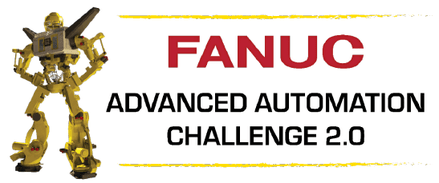 The FANUC Advanced Automation Challenge 2.0 invites all CERT schools to work with local industry to create problem solutions. This challenge provides students the opportunity to improve their STEM skills and become familiar with the advanced manufacturing industry. This challenge encourages students to work with manufacturers to design a solution or solve a problem using FANUC products or an integrated solution with technology from FANUC, Rockwell, Cisco or Lincoln. Students (aka “Tomorrow’s Innovators”) will have the opportunity to test their STEM (science, technology, engineering, math) skills and critical thinking abilities. Students will interview a manufacturer to learn about their processes and consider potential opportunities to apply their skills and knowledge. Students will use their school’s robot, CNC, or advanced manufacturing technology to develop/design a workable solution and provide a demonstration. Creativity is encouraged - students decide how simple or complex their solution is. The goal of this open-ended challenge is to change the perception of what todays advanced manufacturers looks like and introduce manufacturers to Tomorrow’s Innovators. This challenge will prepare them for exciting STEM career opportunities, develop their problem-solving skills, and introduce them to real-world advanced manufacturing applications. Manufacturers need a workforce that is prepared to work in the new, Smart Factories of Industry 4.0. FANUC, together with Rockwell Automation, Cisco Systems, and Lincoln Electric, are committed to supporting education programs that serve the needs of the advanced manufacturing industry. Awards will include a FANUC Robot, a FANUC CNC Simulator, a Rockwell PLC/HMI package, FANUC Simulation software, and technology from Cisco and Lincoln, representing over $100,000 investment in STEM education programs.  A recently published article in Manufacturing Business Technology, " Next-Generation Manufacturing: Are You Ready?" addresses the changing face of manufacturing facilities. These cutting-edge facilities embrace information-based approaches to manufacturing, advanced technologies, and a growing number of younger workers. An excerpt: "There is a revolution underway in manufacturing today that is ushering in a new era for the industry. If you take a step inside and look around one of today’s most advanced facilities, you’ll see it’s a far cry from the dark, dirty and dangerous rust-belt dungeons of manufacturing days gone by. Instead, these forward-thinking facilities are clean, bright, efficient workplaces that use some of the most cutting-edge technological advances available — robotics, 3D printing, mobile internet, cloud computing, big data and the Internet of Things (IOT) — to gain an edge in the marketplace with greater efficiencies, increased productivity, and other advantages that equate to a much healthier bottom line." 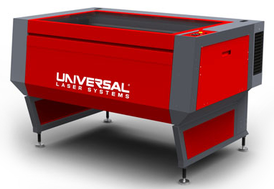 Universal Laser Systems is known for quality, versatility and reliability. Investing in a premier, cutting edge laser cutting and engraving system is only half the battle - maintaining is a necessary component to ensure your laser is able to provide optimal performance. A robust maintenance program is a huge step toward that objective. Rest assured - maintenance doesn't have to be expensive to be effective. Our partners at Universal Laser Systems has set out to provide a DIY guide to maintaning your laser's performance with a series of tips and suggestions written by their expert support team to help you keep your laser system in tip-top shape. Since fine-tuning is often the key to obtaining the best quality, we want to be sure you have a mixture of the most up-to-date information and fine-tuning suggestions cultivated by our team through collective years of experience. Check out the first installment in this series, which pertains to maintaining optics. Have a question for the ULS service team? Send them to Moss and you may be featured in an upcoming edition! The Great Debate – Additive vs. Subtractive Manufacturing (What Your Students Need to Know!)12/1/2016 Experts are discussing an important shift in manufacturing technology: which is more beneficial, additive or subtractive manufacturing. Let's face it - it's a crowded field, full of technologies and applications. Fictiv discusses the future of production in this blog post, and how people are choosing technology for tomorrow’s industry. In today’s maker-climate, each technology has advantages, and implications for your students.
Additive Manufacturing Additive manufacturing is another term for 3D printing, and can use a variety of materials and printers. 3D printing has always been very useful for rapid prototype development, but it is starting to make its impact on the manufacturing world as well. Materials such as PLA and ABS plastics, as well as composite and metal materials improve printing. 3D printing is used as a step in the design process in companies ranging from Nike to Ford. Designers will print a prototype and use a 3D rendering to test and develop and enhance in a way that drawings can’t duplicate. Prints are faster and cheaper to produce than traditional machine tooling. The precise dimensions (often printed in color) provide a realistic model for designers and engineers to manipulate. Subtractive Manufacturing Subtractive manufacturing is a process by which 3D objects are constructed by successively cutting material away from a solid block of material. Subtractive manufacturing can be done by manually cutting the material but is most typically done with a CNC Machine. One of the advantages of subtractive manufacturing is the variety of materials that can be used, from wood and metal to plastics and acrylics to plasma. (Finer applications such as laser engravers work with an even wider array of materials.) CNC is widely used in manufacturing, and can be found in most facilities. Necessary Skill Set There is ongoing conversation about which method is more prevalent in the future of manufacturing. In reality, both have a place in 21st century manufacturing, which is why your students should be familiar with both technologies. In order for someone to comfortably use either technology, they need a solid understanding of design and CAD (Computer Aided Drafting) programs, as well as a familiarity with engineering principles so they can understand and develop using the best materials for the project. CNC operators should have a mechanical aptitude, and be able to read blueprints and drawings. Learn More You can give students hands on experience with both additive manufacturing (3D printing) and subtractive manufacturing (CNC). Moss partners with the following companies to provide cost-effective classroom solutions:
When business works with local high school to develop and implement certification programs, the results can have a long term impact on the community: According to the National Association of Manufacturers (NAM), the skill gap for entry level workers in advanced manufacturing is growing at a startling rate. With approximately 30% of jobs requiring technical skills and only 17% of graduates having them, you can see how alarming this trend is. High Schools like Doss High School are looking to reverse this trend by offering students the chance to earn stackable credentials that they can take with them to any job:
These core competencies, taught by Amatrol through the MSSC certification program, helps graduates feel more comfortable and confident in job placements, feel more agile and communicate more effectively. The certifications are stackable credentials recognized by business and industry, and can give students a competitive advantage when applying for manufacturing positions. These programs are specifically designed for High Schools, and can complement core content in science, math, and other areas – which creates a win-win for schools! Learn more: contact an Education Specialist to learn about the certification options available for your high school students. Is your school seeking to attract non-traditional students to STEM-related welding and manufacturing technology programs? Are you struggling to direct students to a skilled trades career path? Here’s a report from The Morning Journal about a recent Careers in STEM event at Lorain County Community College for area high school students presented by the college’s chapter of the Society of Women Engineers. The college used a Lincoln Electric VRTEX® virtual reality welding simulator to engage students and let them try their hand at SMAW welding. LEARN MORE.
Students choose career paths for a variety of reasons. Gender norms are playing less of a factor as students are exposed to technologies (and potential career paths) earlier. What are you doing to encourage students to pursue studies (and careers) in Industrial Technology? We'd love to hear your tips in the comments section! If you have a FANUC CERT program, you already know the benefits of adding robotics to your training programs. With FANUC America's educational products, students can learn to utilize the latest automation technology in robots, CNC, ROBODRILL, and integrated solutions while applying science, technology, engineering, and math (STEM) skills. Some of the successful approaches used by educational institutions are:
Are you getting the most out of your robotics program? Maximize your program with one or more of the following tools:
These are just a few of the options available for FANUC CERT training programs. Let us help you customize and enhance your program, while improving student outcomes. Contact Moss today for competitive pricing. Are you familiar with the term “data driven manufacturing”? Low cost sensors and the ability to connect them to the internet have made data collection easier than ever before. [U]sing data to reduce costs through next generation sales and operations planning, dramatically improved productivity, supply chain and distribution optimization, and new types of after-sales services. This video goes into greater detail about data driven manufacturing, courtesy of Modern Machine Shop: As manufacturing gets more technical, educators work to stay ahead of the curve by teaching students for 21st century careers. Schools are turning to industry-leading curriculum experts like Amatrol, FANUC, Lincoln Electric and Turbine Technologies to lend real-world credibility to teach advanced manufacturing processes. More than trouble-shooting and problem solving, manufacturers are looking for their next employees (your students) to be able to integrate highly technical skills into an established process to make current processes more efficient and cost-effective.
Moss has worked with leading manufacturers for over 40 years. If you’re looking to align your educational tools with local industry needs, contact us for a review. Our Education Specialists will ensure you align your curriculum with what is most relevant to your local industry. Further reading: Data-Driven Manufacturing |
AuthorYou have questions about STEM education? You're not alone! We're here to share ideas and provide thought-provoking commentary. Let us know your thoughts! Sign Up for Email Updates For Email Marketing you can trust. Categories
All
Archives
February 2017
|
- Home
-
K-12
- College
- Industry
- Certifications
-
Partners
- Afinia-3D Printing
- Amatrol-Manufacturing Training Equipment
- Apolo Studios- Welding Simulation
- Bantam Tools - CNC
- CEF-Custom Educational Furniture
- DAC Worldwide-Manufacturing Training Equipment
- Greene Manufacturing Inc - Furniture
- Iconic CNC
- Interior Concepts-Furniture
- MSSC Certifications
- MINDS-i Education
- Pitsco Education-STEM
- SimLog-Heavy Equipment Simulation
- Stokes Robotics
- Techno CNC Systems
- Universal Laser Systems
- VictoryXR - Virtual Reality
- WB Mfg - Furniture
- Funding
- Contact
- About
- Home
-
K-12
- College
- Industry
- Certifications
-
Partners
- Afinia-3D Printing
- Amatrol-Manufacturing Training Equipment
- Apolo Studios- Welding Simulation
- Bantam Tools - CNC
- CEF-Custom Educational Furniture
- DAC Worldwide-Manufacturing Training Equipment
- Greene Manufacturing Inc - Furniture
- Iconic CNC
- Interior Concepts-Furniture
- MSSC Certifications
- MINDS-i Education
- Pitsco Education-STEM
- SimLog-Heavy Equipment Simulation
- Stokes Robotics
- Techno CNC Systems
- Universal Laser Systems
- VictoryXR - Virtual Reality
- WB Mfg - Furniture
- Funding
- Contact
- About

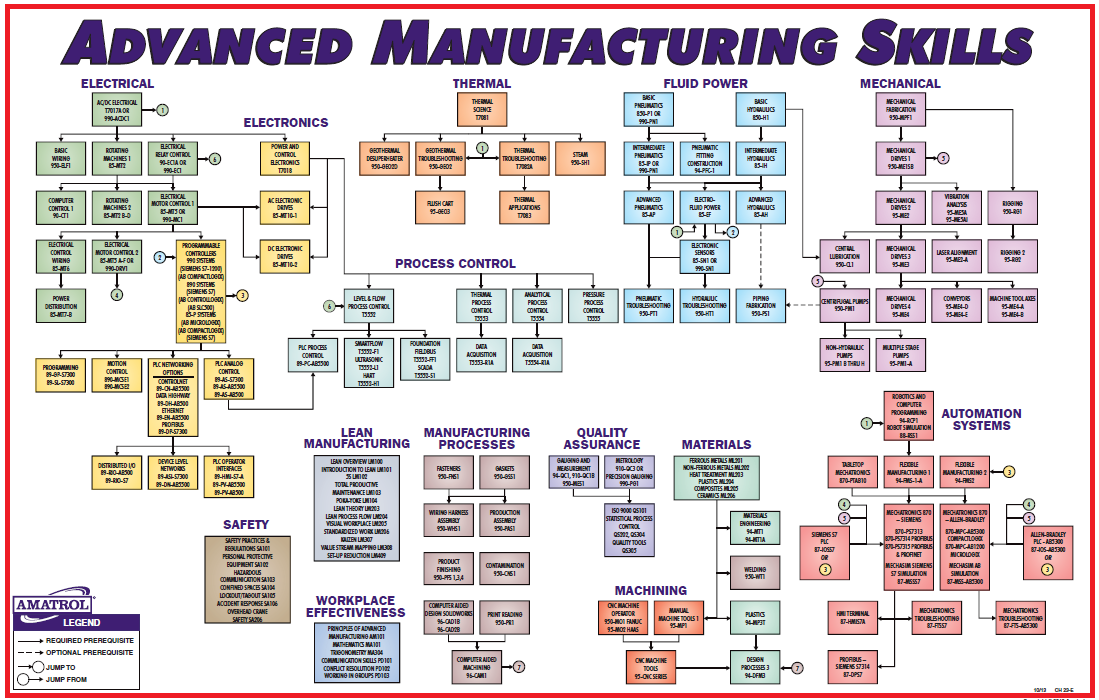
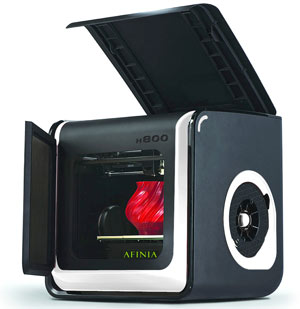
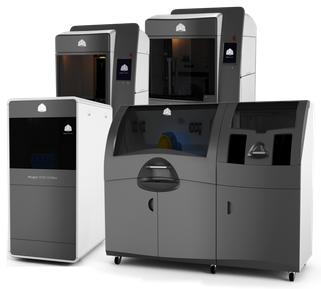
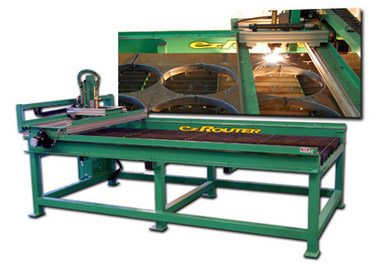
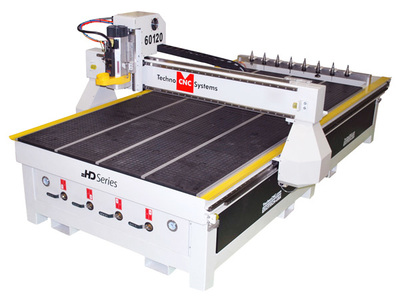
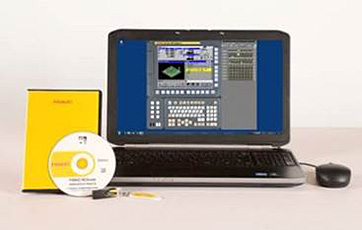
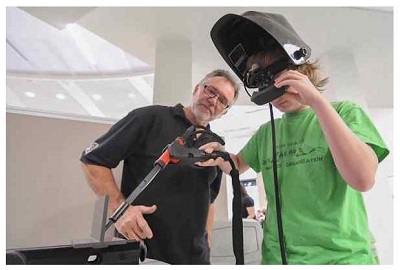
 RSS Feed
RSS Feed
